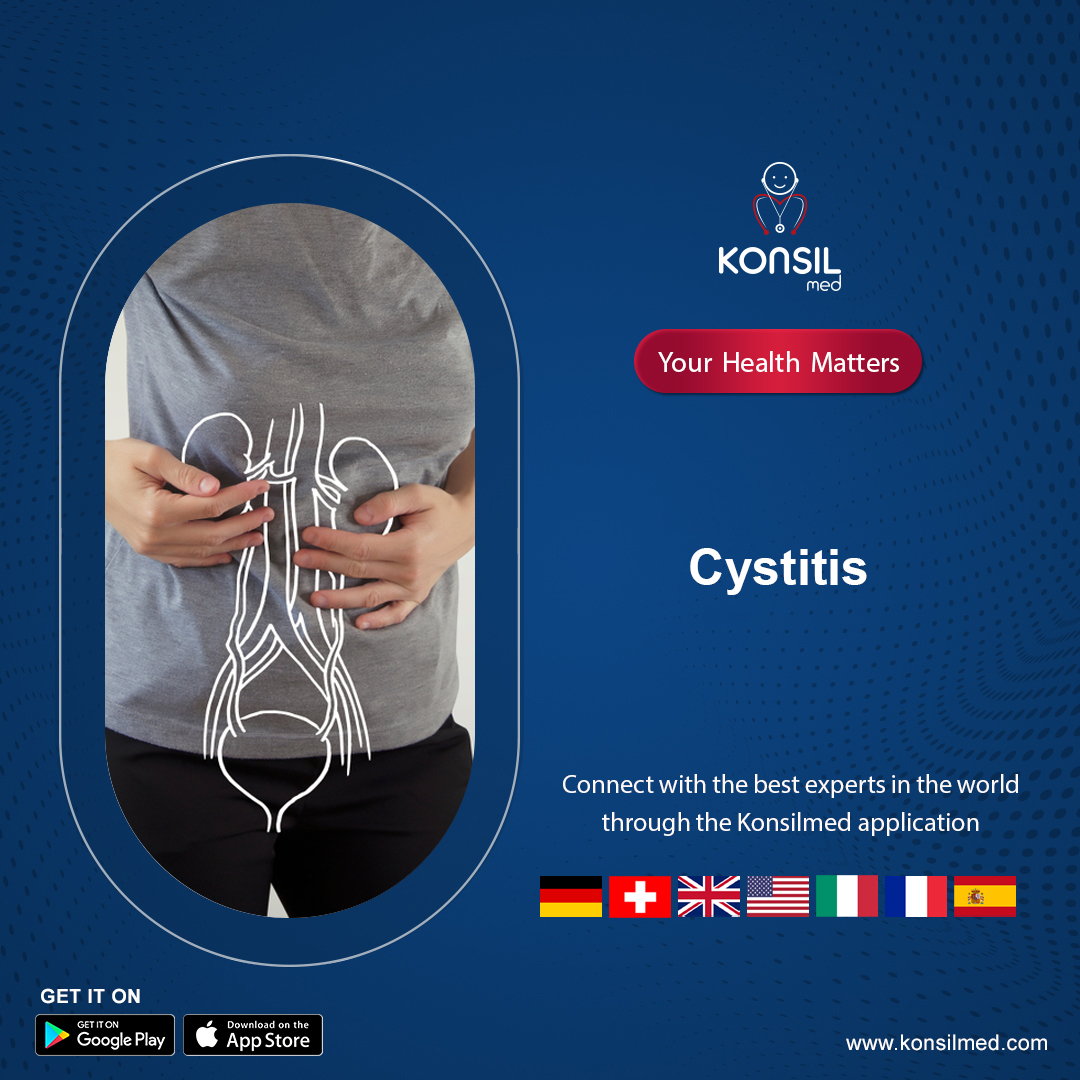
Cystitis is an inflammatory process that occurs in the bladder. Cystitis is more common in girls due to the shortened urethra, which does not form a sufficient shield against the pathogens of inflammation, and is usually more of a nuisance than a cause for serious concern.
Mild cases often get better on their own within a few days, but some people may have frequent episodes of cystitis and may need regular or long-term treatment.
Symptoms of cystitis:
1. General symptoms
*Pain during urination.
Feeling an urgent need to urinate immediately.
* The need to urinate frequently.
* Burning and pain in urination.
* Urine leakage.
* The presence of blood in the urine.
* Pain in the lower abdomen.
2. Symptoms affecting children
*Abdominal pain.
The need to urinate urgently or often.
A high temperature of 38 degrees Celsius or higher.
* Weakness or irritability.
* Decreased appetite and vomiting.
Complications of cystitis:
1. Kidney infection
An untreated bladder infection can lead to a kidney infection. Kidney infections can permanently damage your kidneys.
Young children and the elderly are most at risk of developing kidney damage from bladder infections because their symptoms are often overlooked or confused with other conditions.
2. blood in urine
In cystitis, you may have blood cells in your urine that can only be seen with a microscope and usually resolve with treatment, but if blood cells remain after treatment, your doctor may recommend a specialist to determine the cause.
The blood in the urine that you can see is rare with typical bacterial cystitis, but this sign is more common with chemotherapy or radiation-induced cystitis.
Diagnosis of cystitis
In addition to discussing your signs and symptoms and your medical history, if you have symptoms of cystitis, talk to your doctor as soon as possible. Your doctor may recommend certain tests, such as:
1. urine analysis
For a suspected bladder infection, your doctor may order a urine sample to determine if bacteria, blood or pus are in the urine. If so, the doctor may order a urine culture test.
2. Cystoscopy
During this test, your doctor inserts a cystoscope through your urethra to check your urinary tract for signs of disease.
Using a cystoscope, your doctor can also remove a small sample of tissue for laboratory analysis, but this test likely won't be needed if this is the first time you've had signs or symptoms of cystitis.
3. Photography
An imaging test usually isn't needed, but in some cases, especially when no evidence of infection is found, imaging may be helpful. An X-ray or ultrasound may help your doctor discover other possible causes of cystitis such as a tumor or structural abnormality.
Cystitis treatment
Bladder treatment methods include the following:
1. Treatment of bacterial cystitis
Antibiotics are the first line of treatment for cystitis caused by bacteria. The medications used and for how long depend on your overall health and the bacteria in your urine. Treatment methods include:
How to treat infection for the first time
Symptoms often improve significantly within a day or so of antibiotic treatment, however you will likely need to take antibiotics for three days to a week depending on the severity of the infection.
Regardless of the length of treatment, take the full course of antibiotics prescribed by your doctor to make sure the infection is completely gone.
Treatment method for recurrent infection
If you have recurrent UTIs, your doctor may recommend a longer course of antibiotics or refer you to a doctor who specializes in urinary tract disorders for an evaluation to see if urinary tract abnormalities may be causing the infection.
For some women, taking a single dose of an antibiotic after intercourse may be helpful.
Hospital acquired infection
Hospital-acquired bladder infections can be a challenge to treat because bacteria in hospitals often resist the common types of antibiotics used to treat community-acquired bladder infections, which is why different types of antibiotics and different treatment approaches may be needed.
2. Interstitial cystitis treatment
With interstitial cystitis, the cause of the inflammation is uncertain, so there is no single treatment that works best for each condition. Treatments used to relieve the signs and symptoms of interstitial cystitis include:
Medicines that are taken orally or inserted directly into the bladder.
Procedures that manipulate the bladder to improve symptoms, such as stretching the bladder with water or gas, or surgery.
Nerve stimulation, which uses mild electrical pulses to relieve pelvic pain and, in some cases, to reduce frequency of urination.
Prevention of cystitis
Prevention methods include the following:
1. Drink plenty of fluids
Especially water. Drinking plenty of fluids is especially important if you are receiving chemotherapy or radiotherapy, especially on treatment days.
2. Urinating frequently
If you feel the need to urinate, do not delay using the toilet.
3. Wipe from front to back after defecation
This prevents bacteria in the anal area from spreading to the vagina and urethra.
4. Gently wash the skin around the vagina and anus
Do this daily, but don't use harsh soaps and don't wash the area vigorously as the delicate skin around these areas can be irritated.
5. Empty the bladder as soon as possible after intercourse
Drink a full glass of water to help flush out bacteria.
6. Avoid using scented or irritating substances
Avoid using deodorant sprays or feminine products in the genital areaThese products can irritate the urethra and bladder.




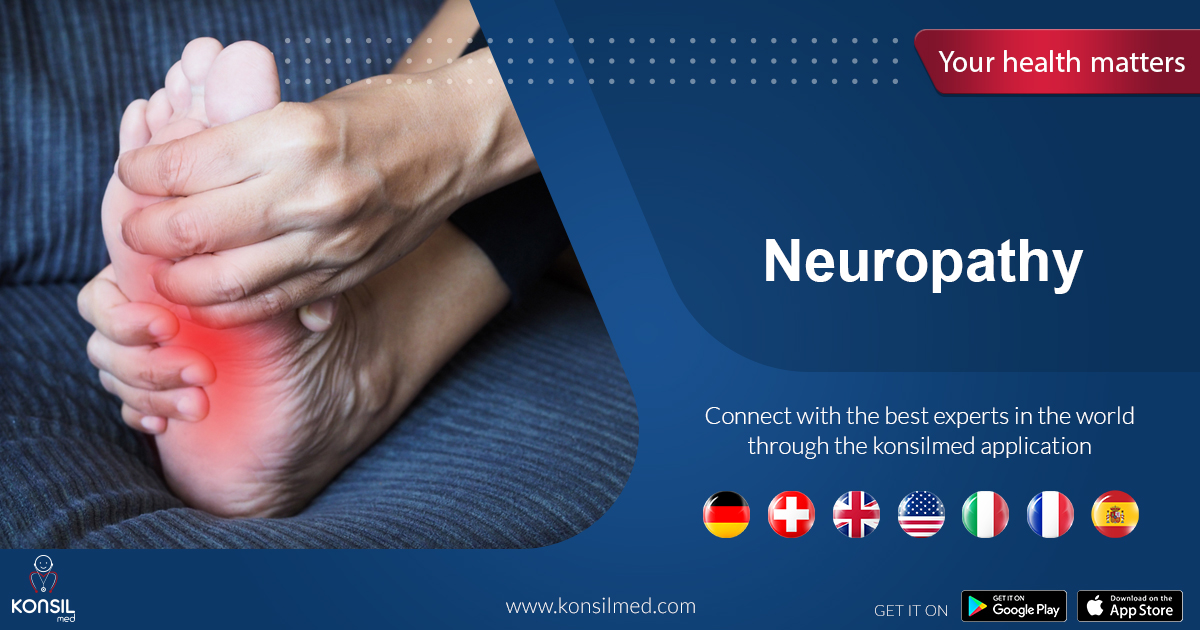
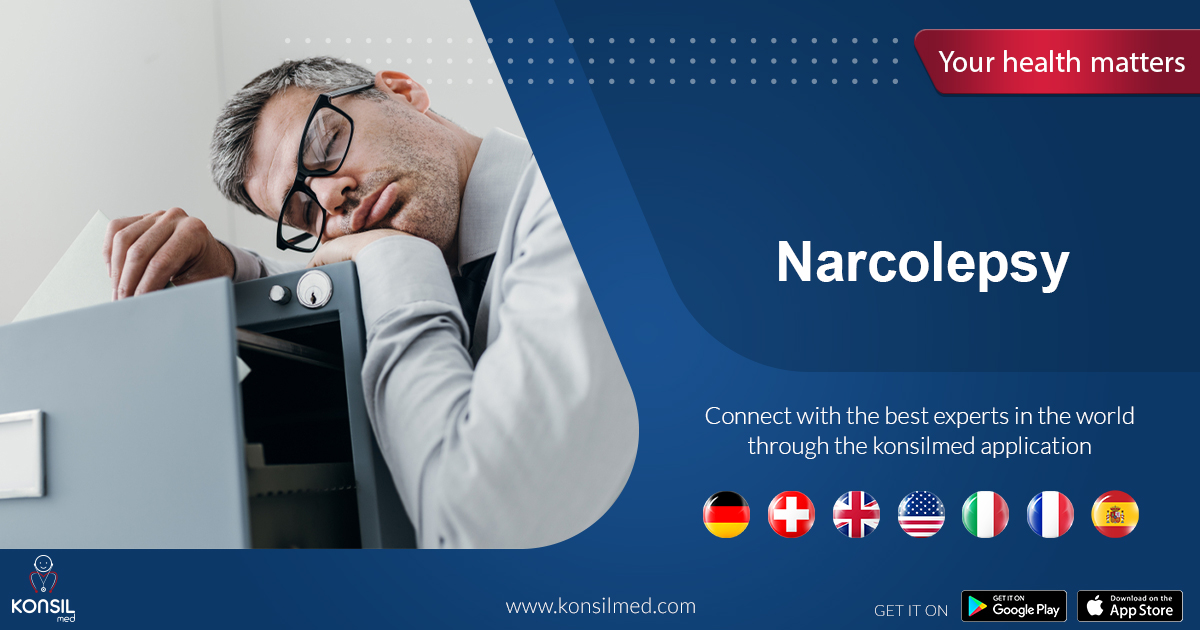
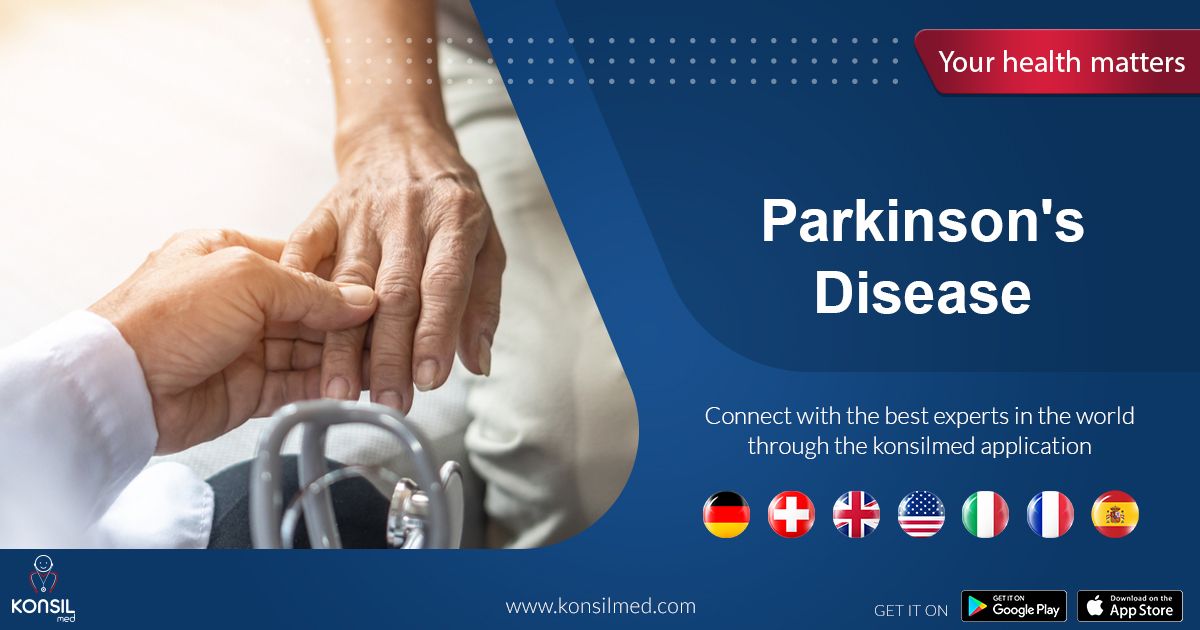


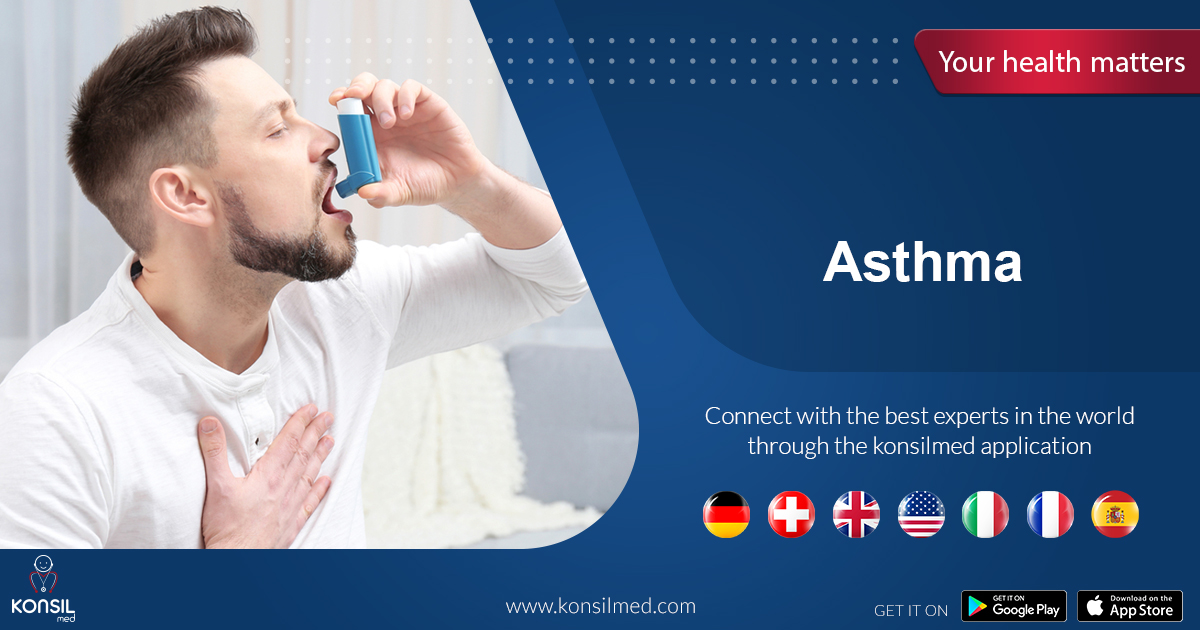
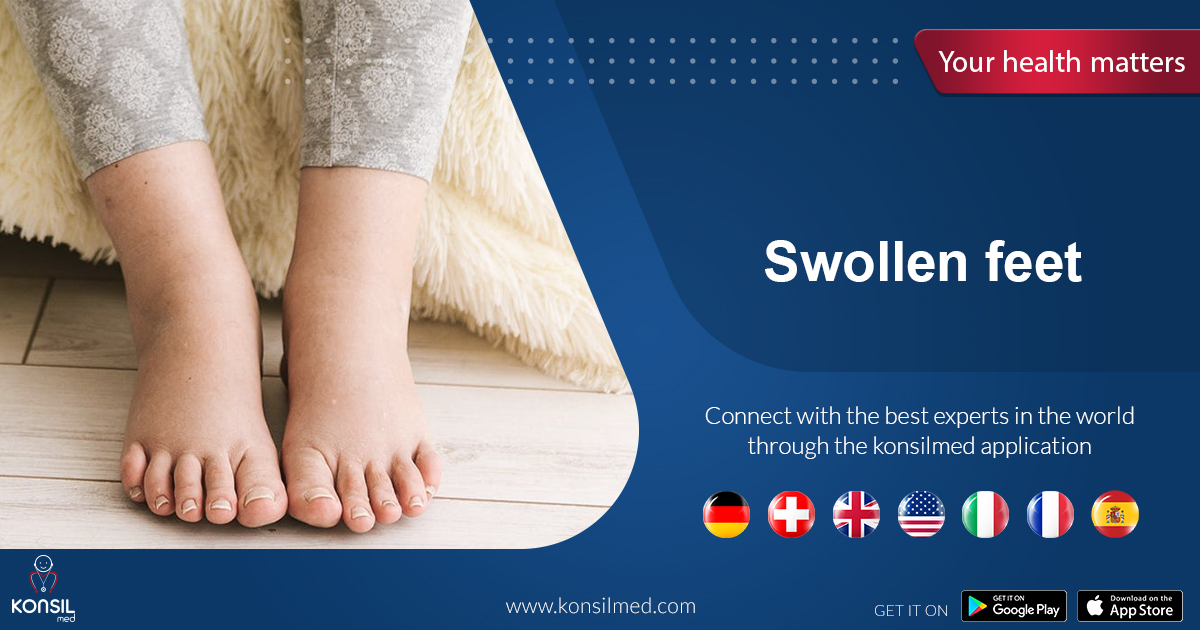
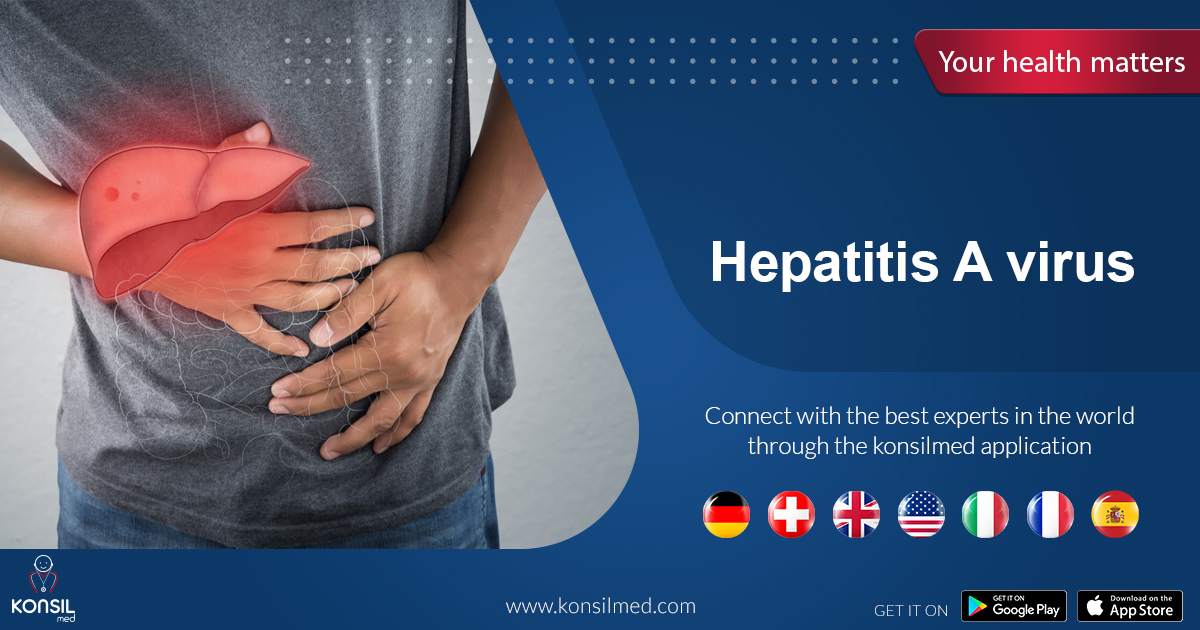
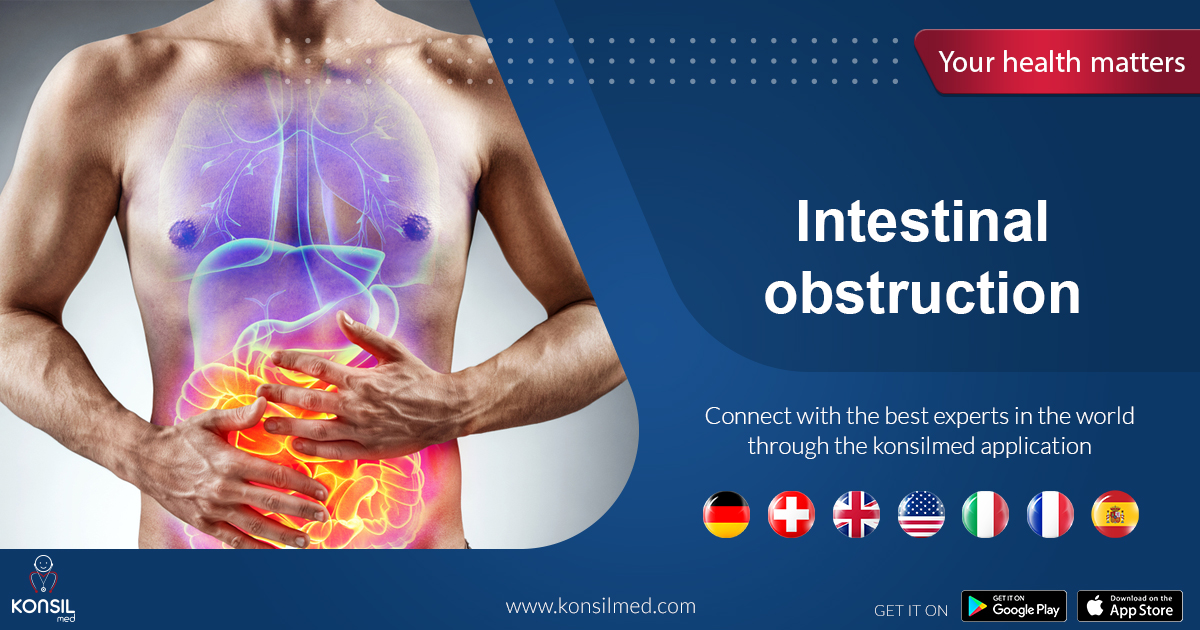
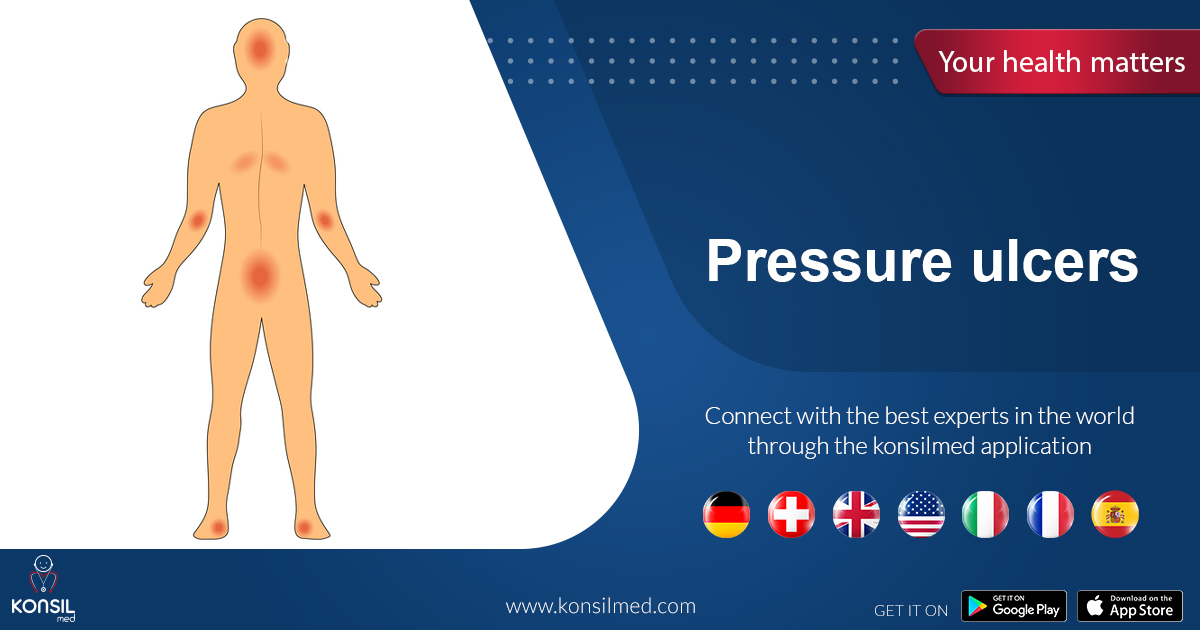
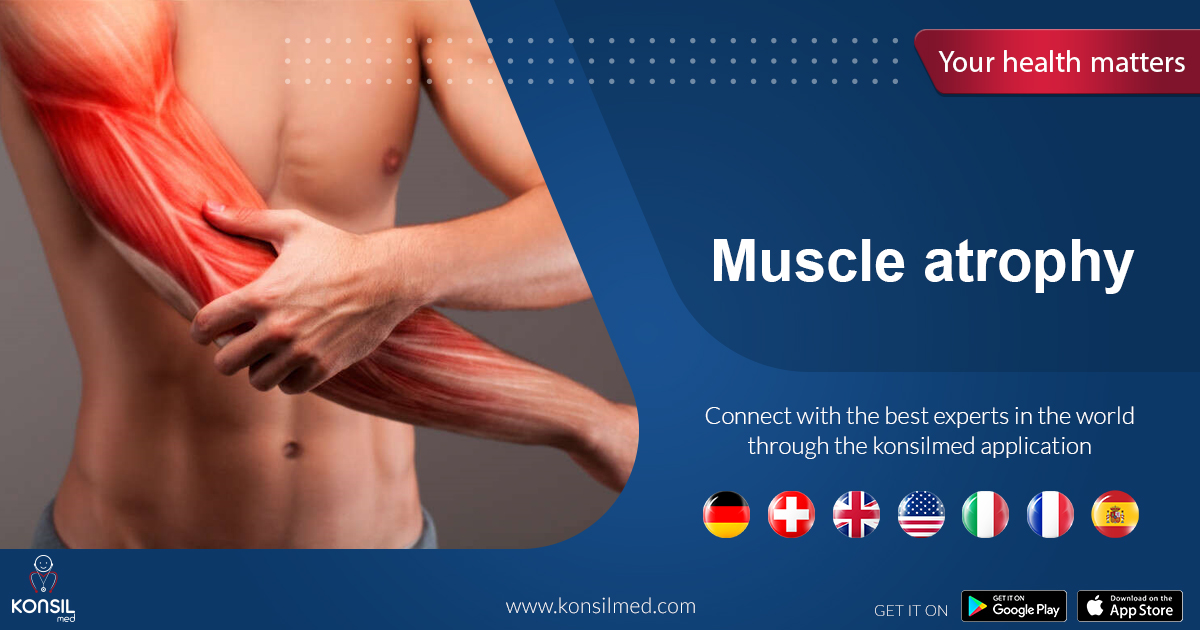

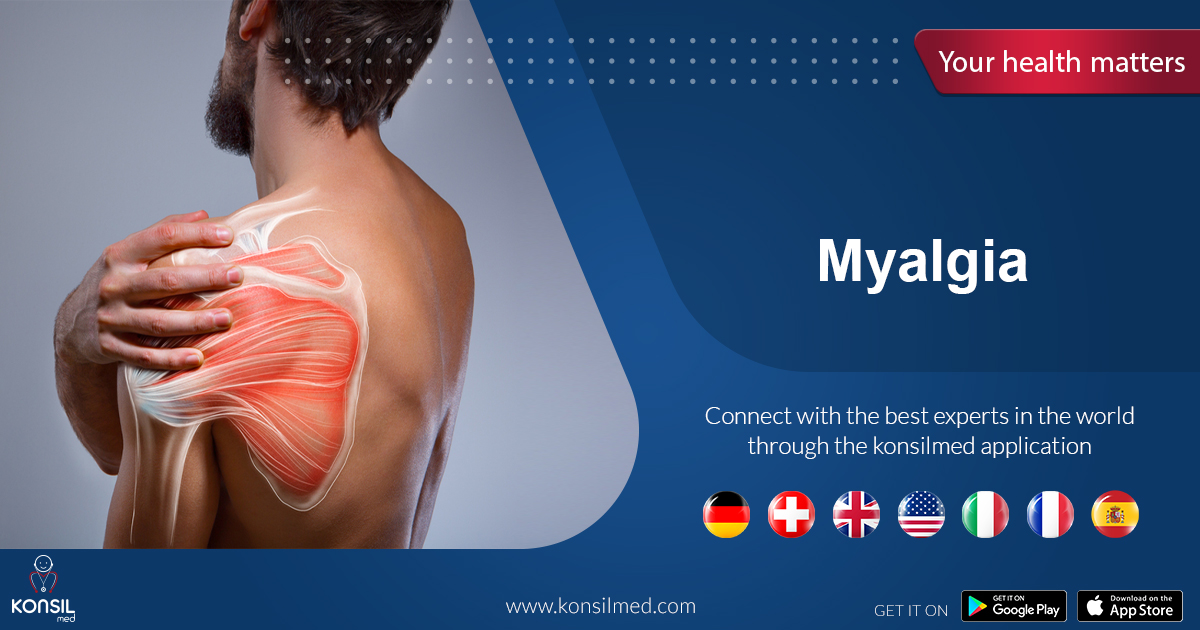
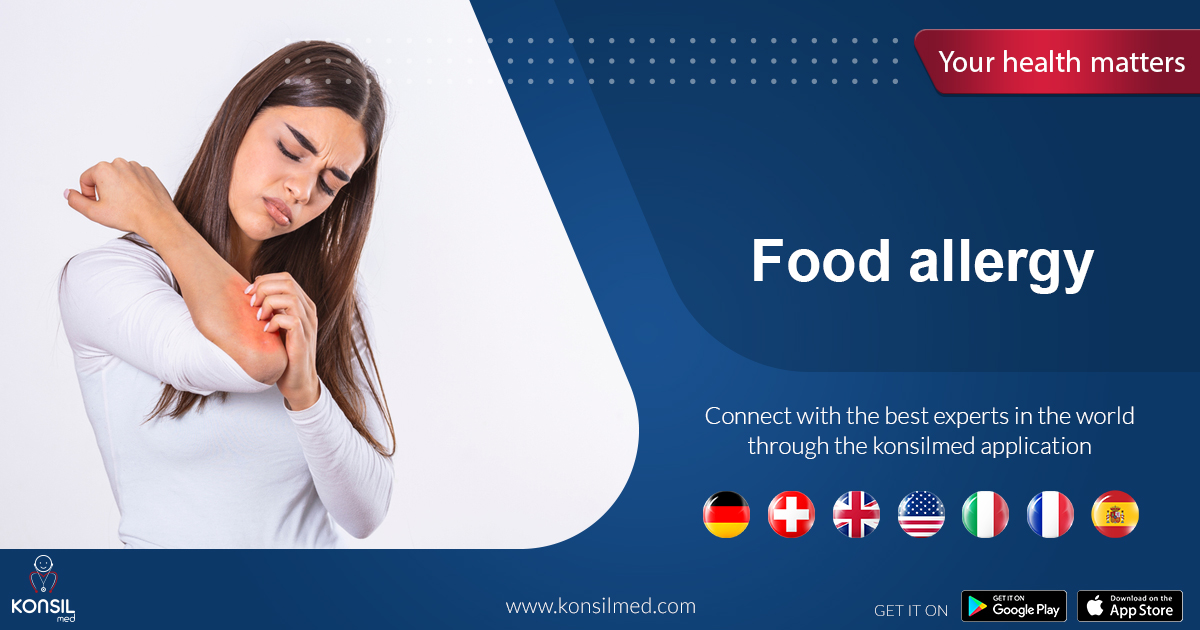
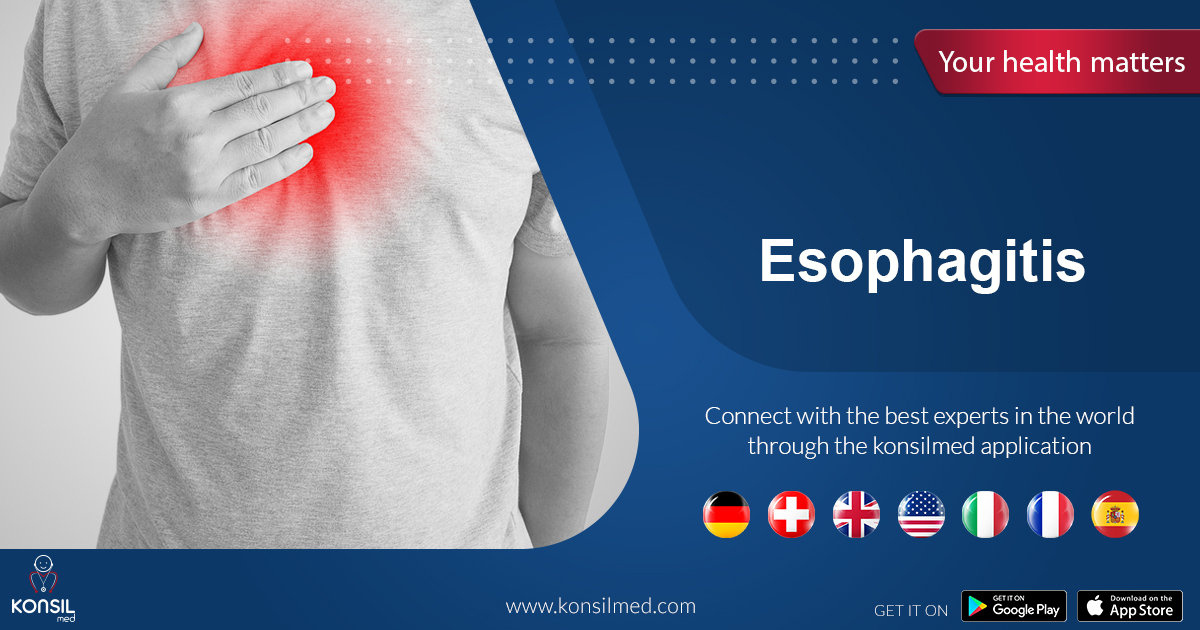
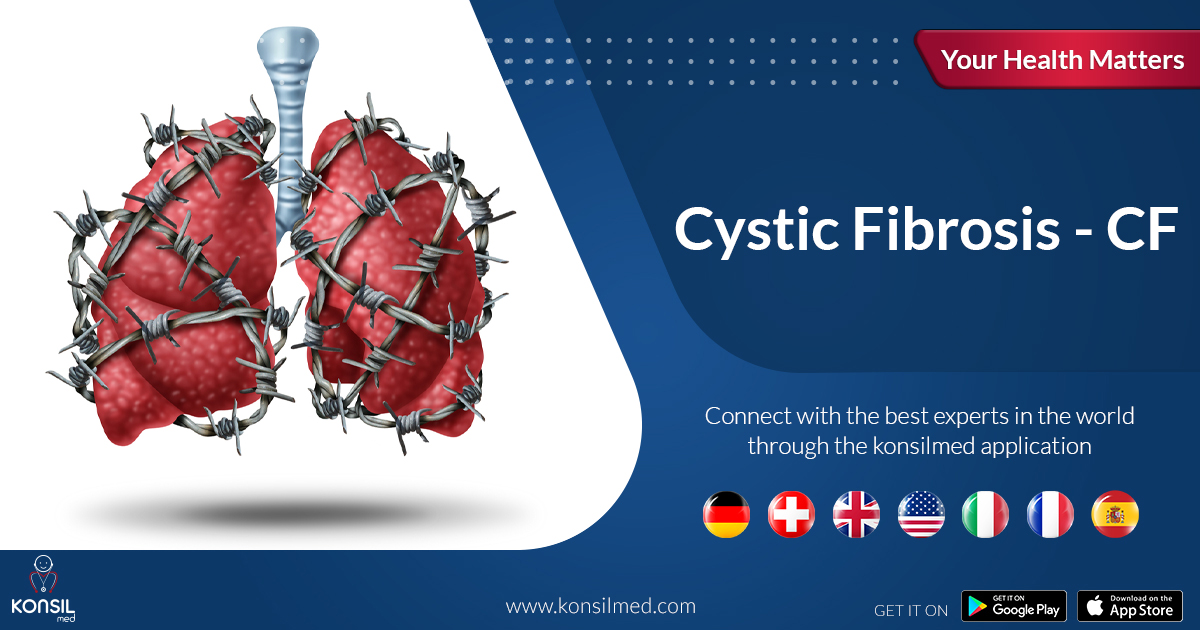

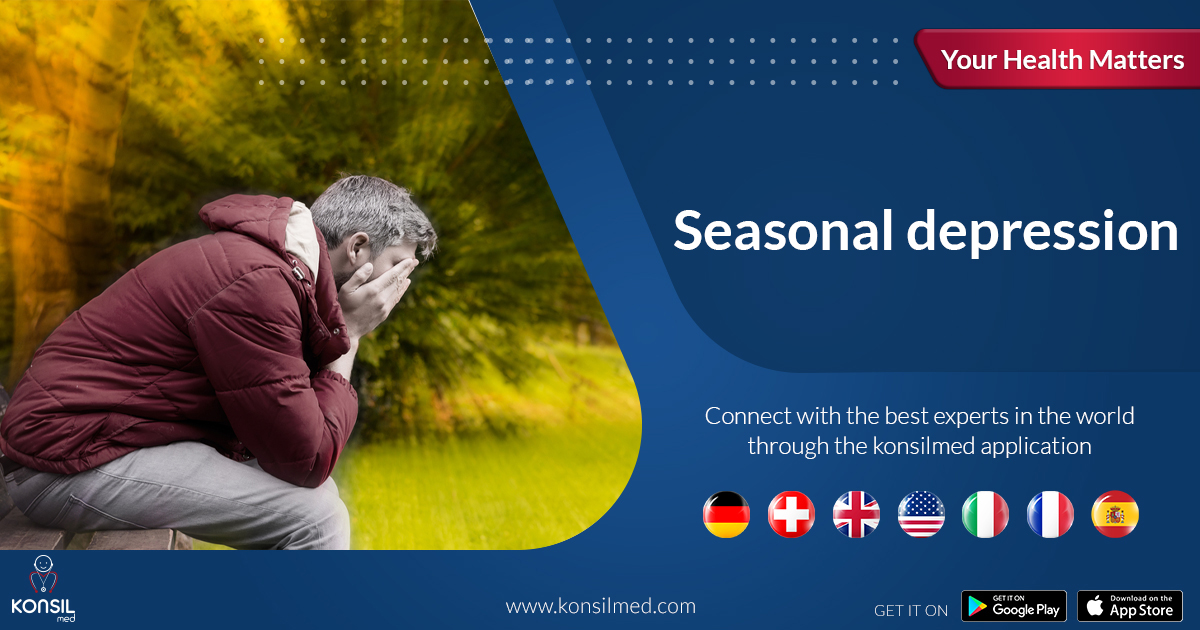
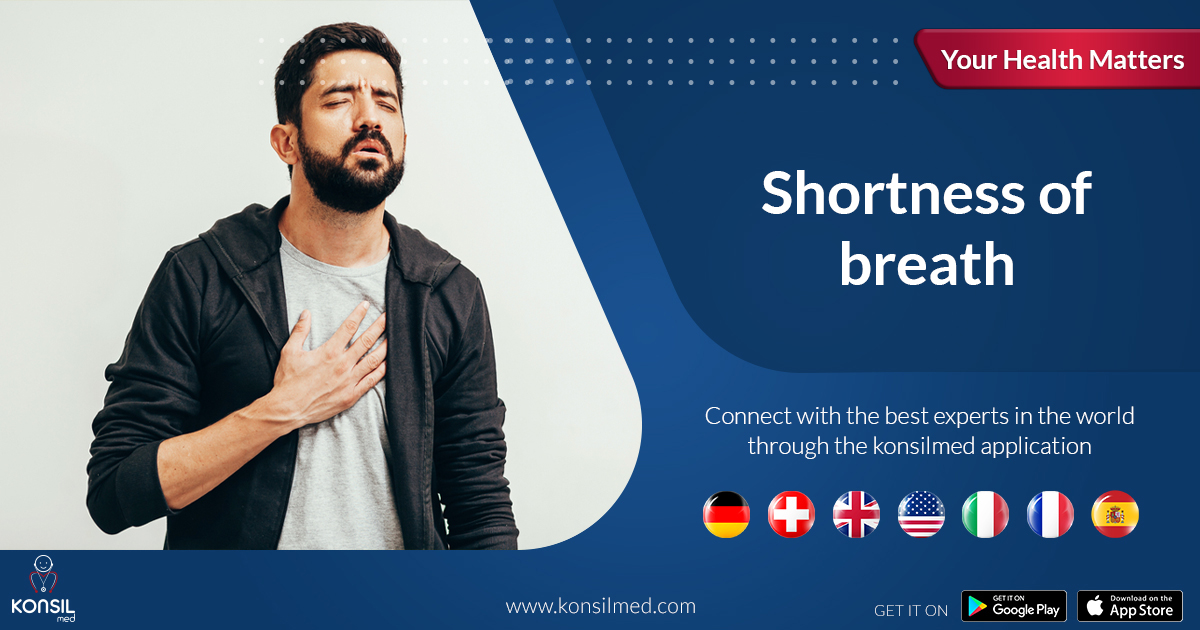
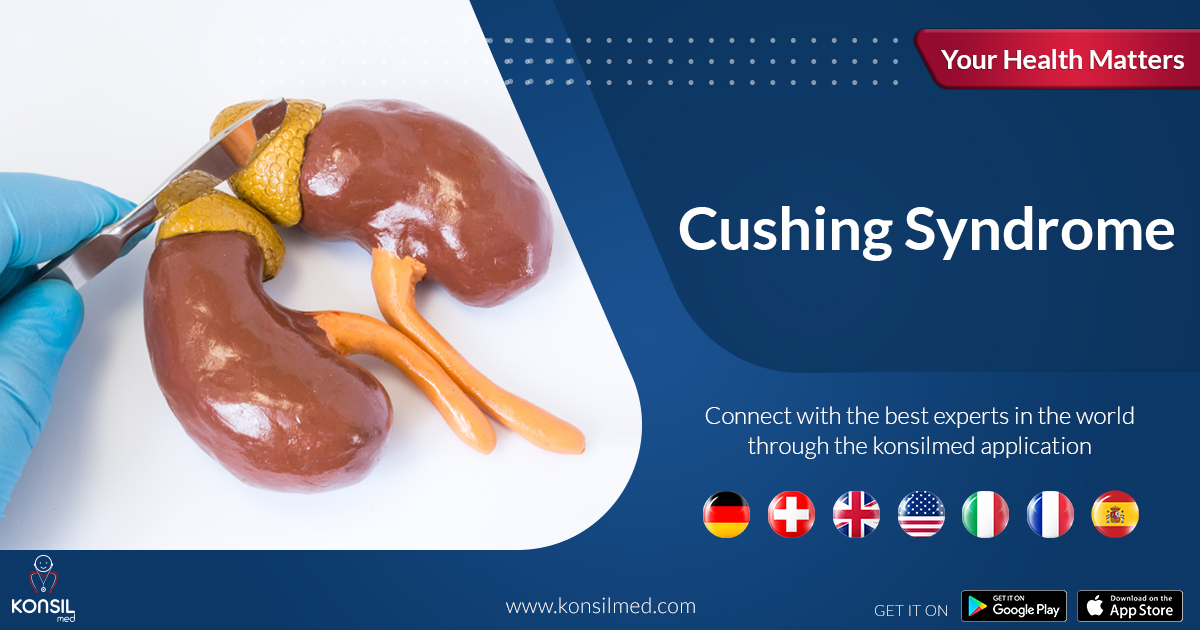

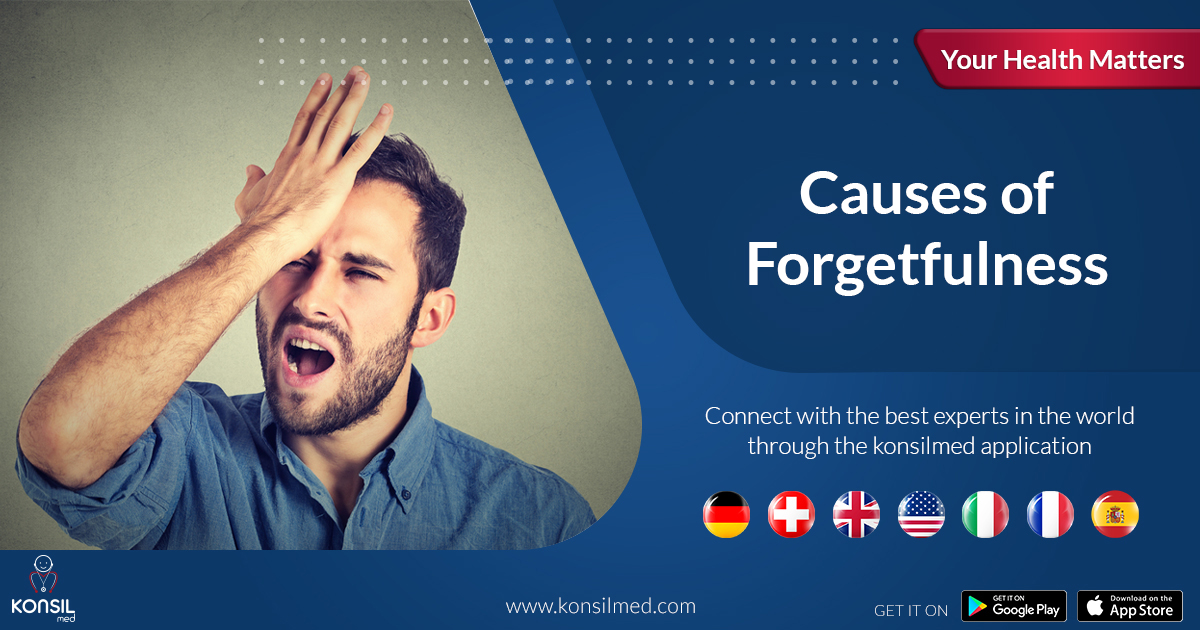
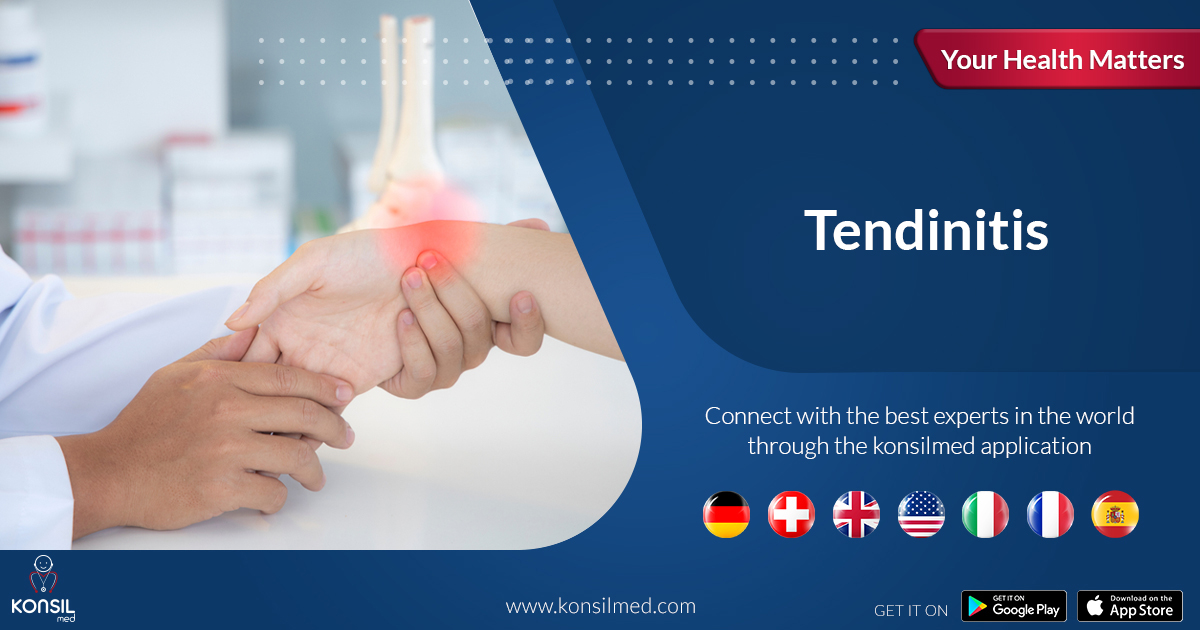
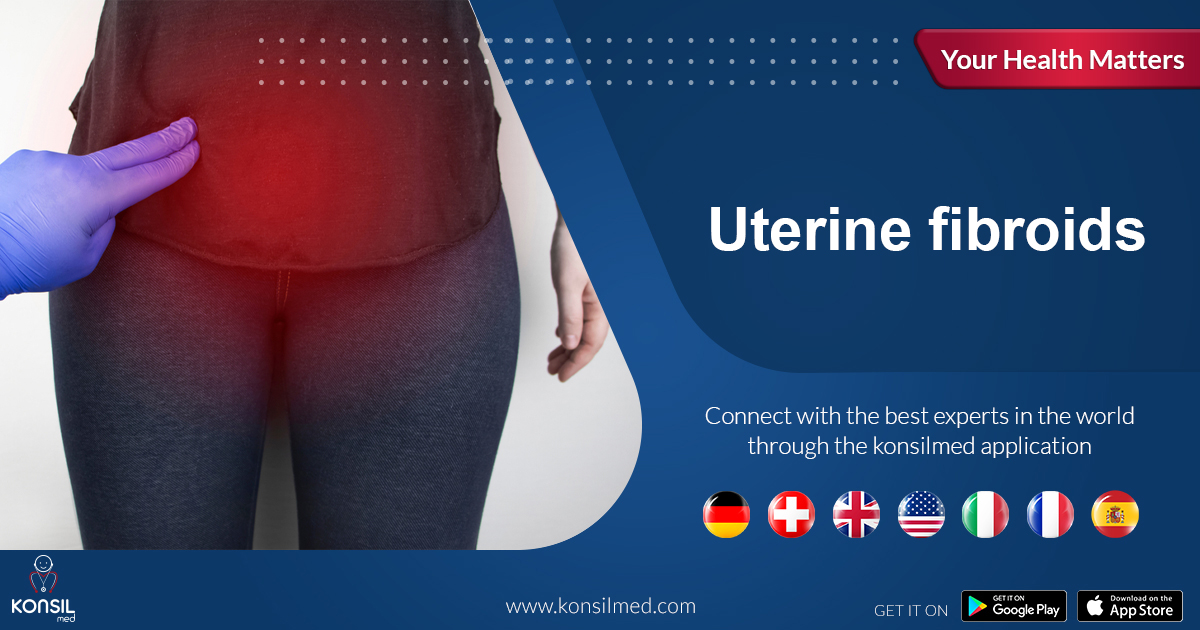
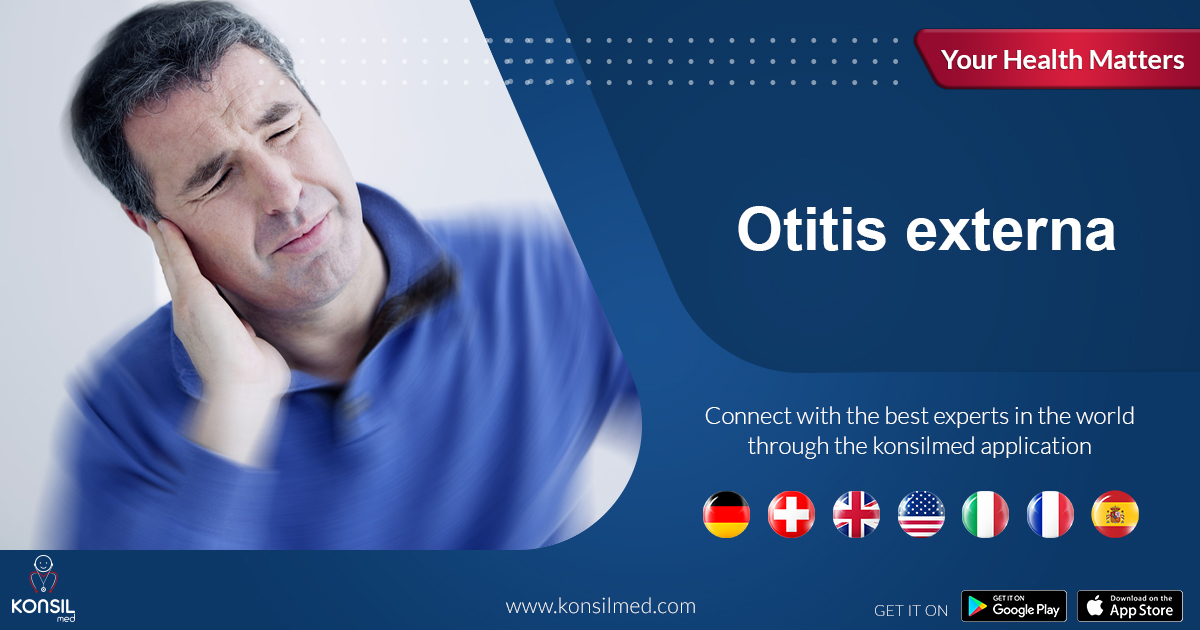
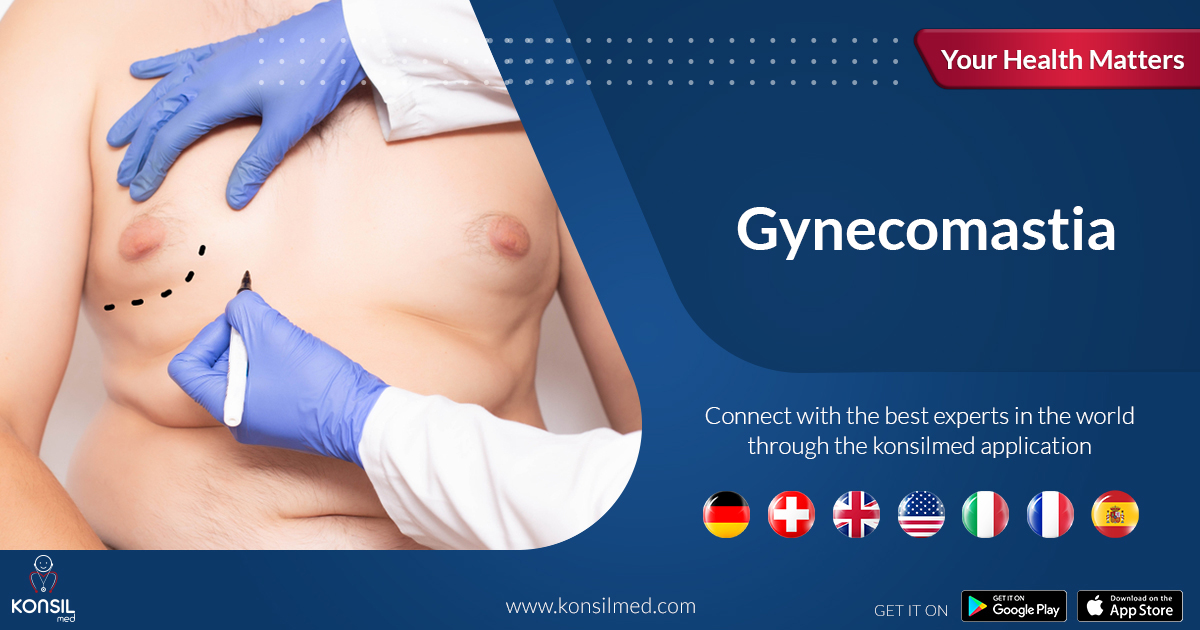

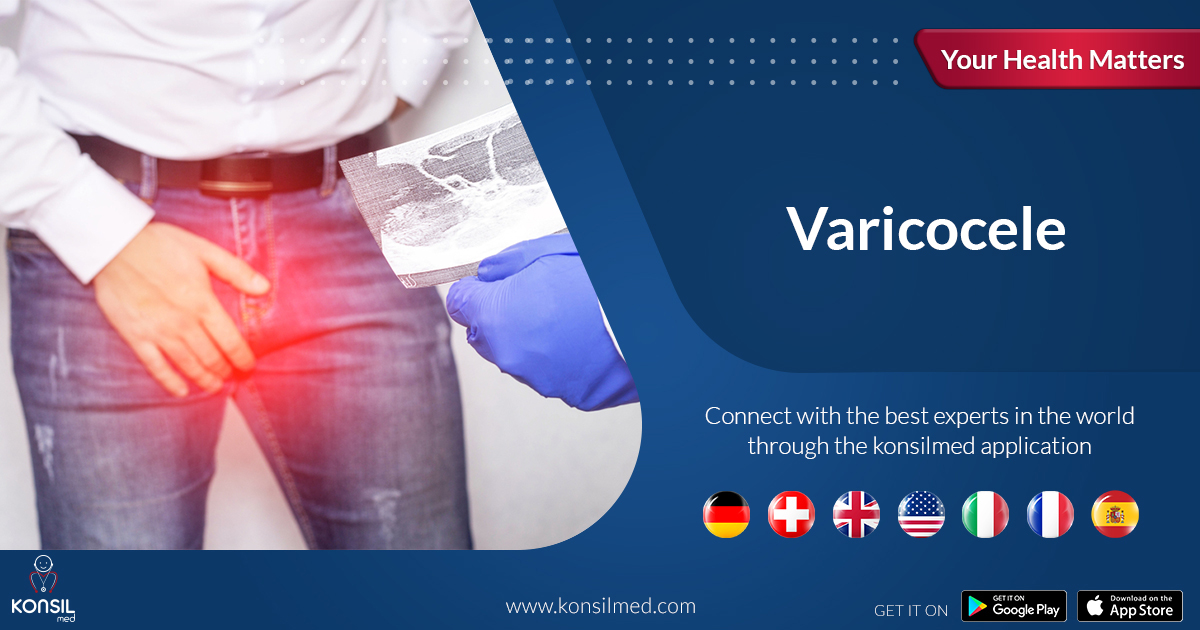
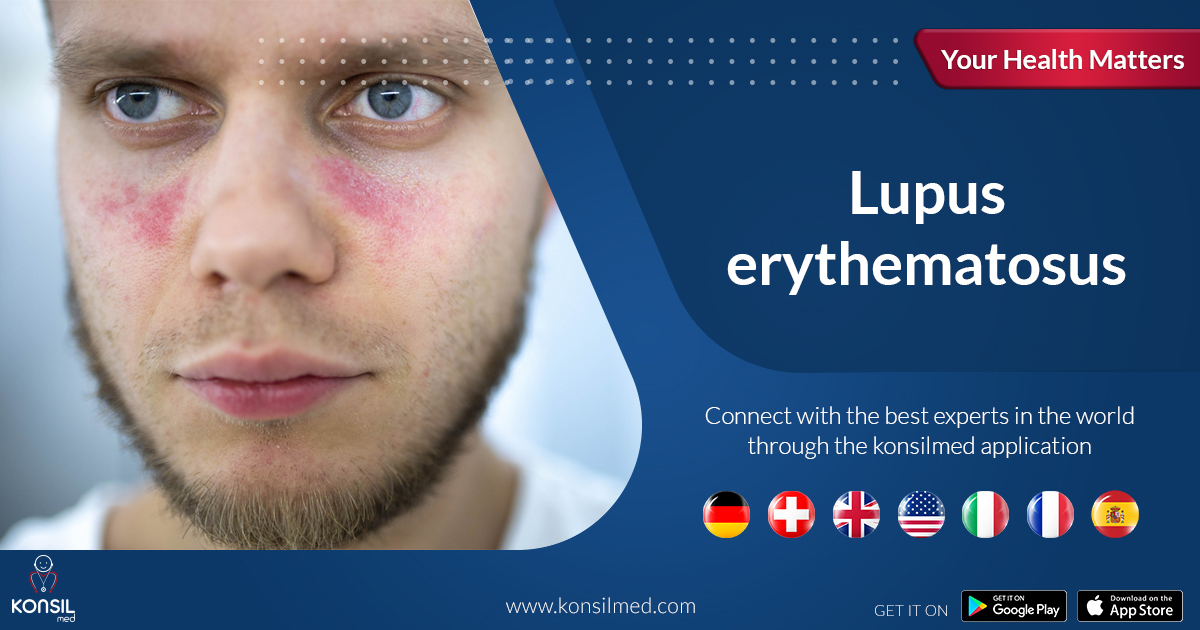





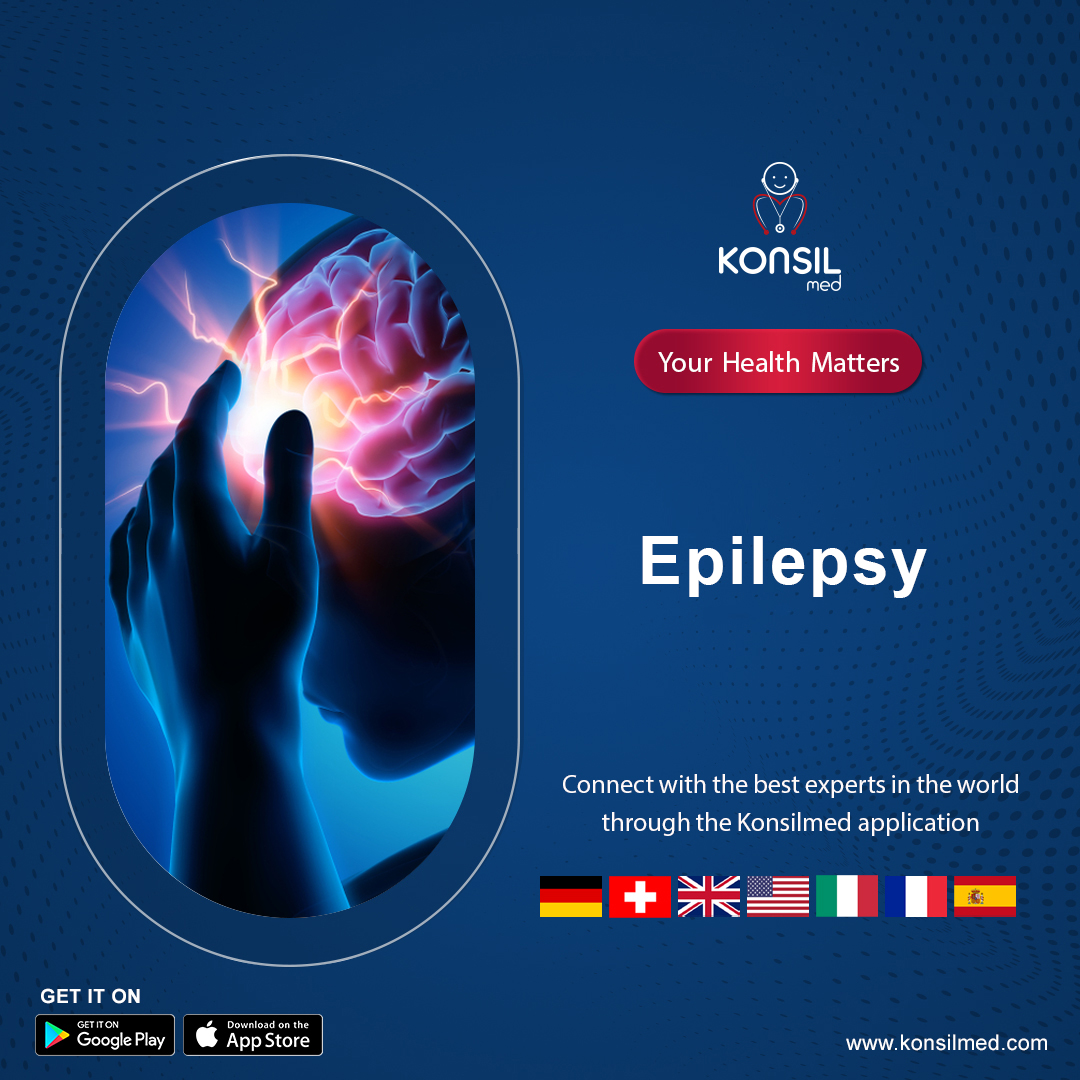


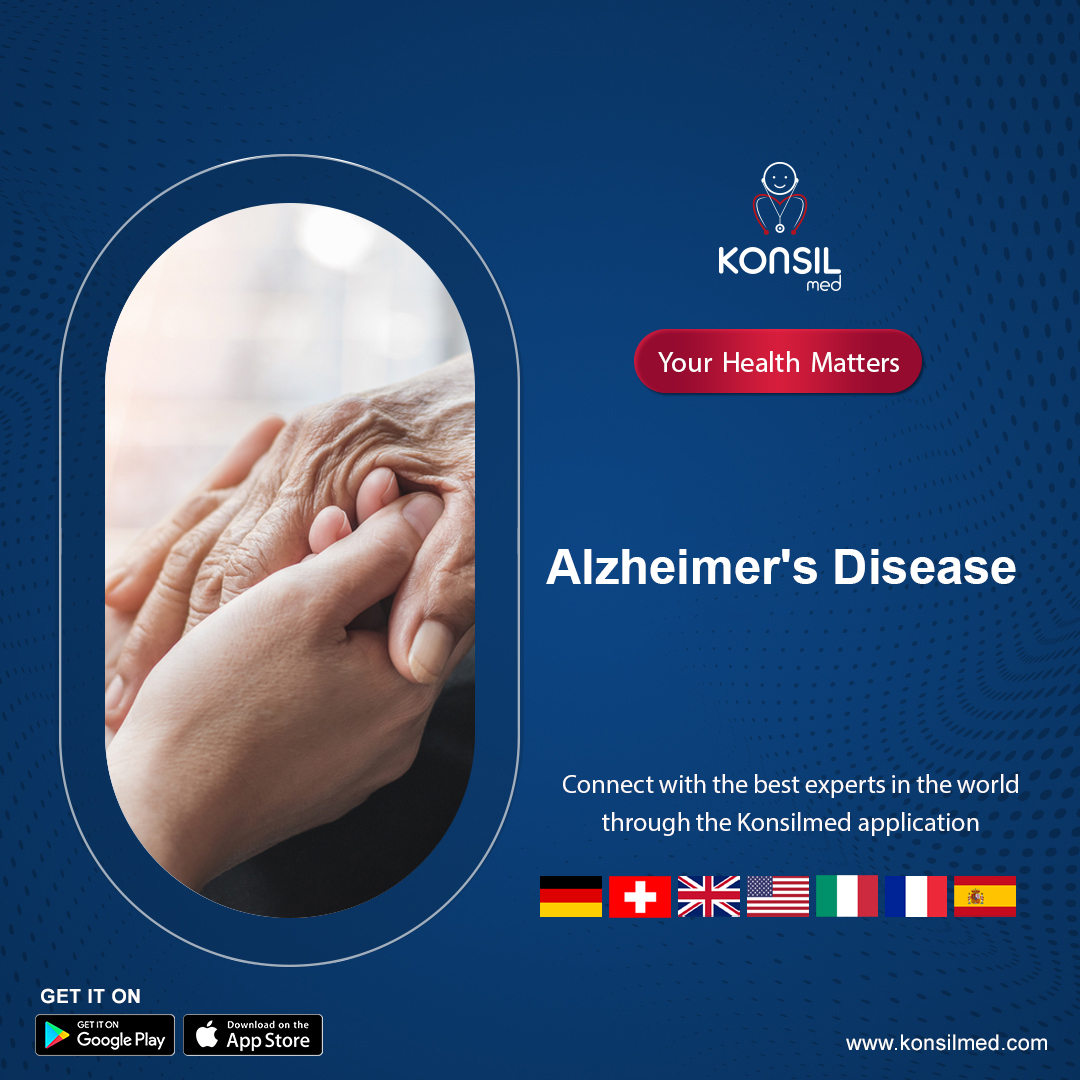
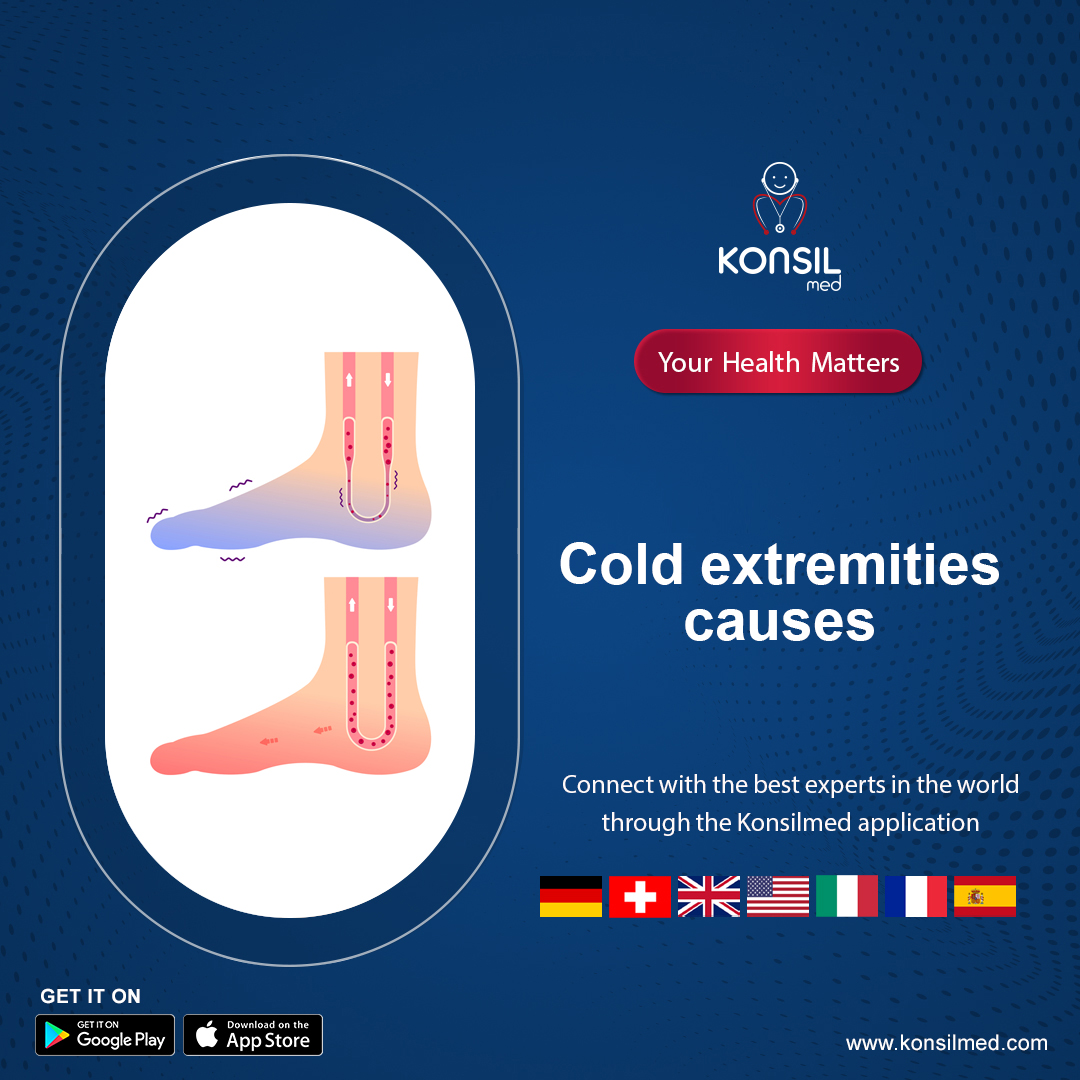

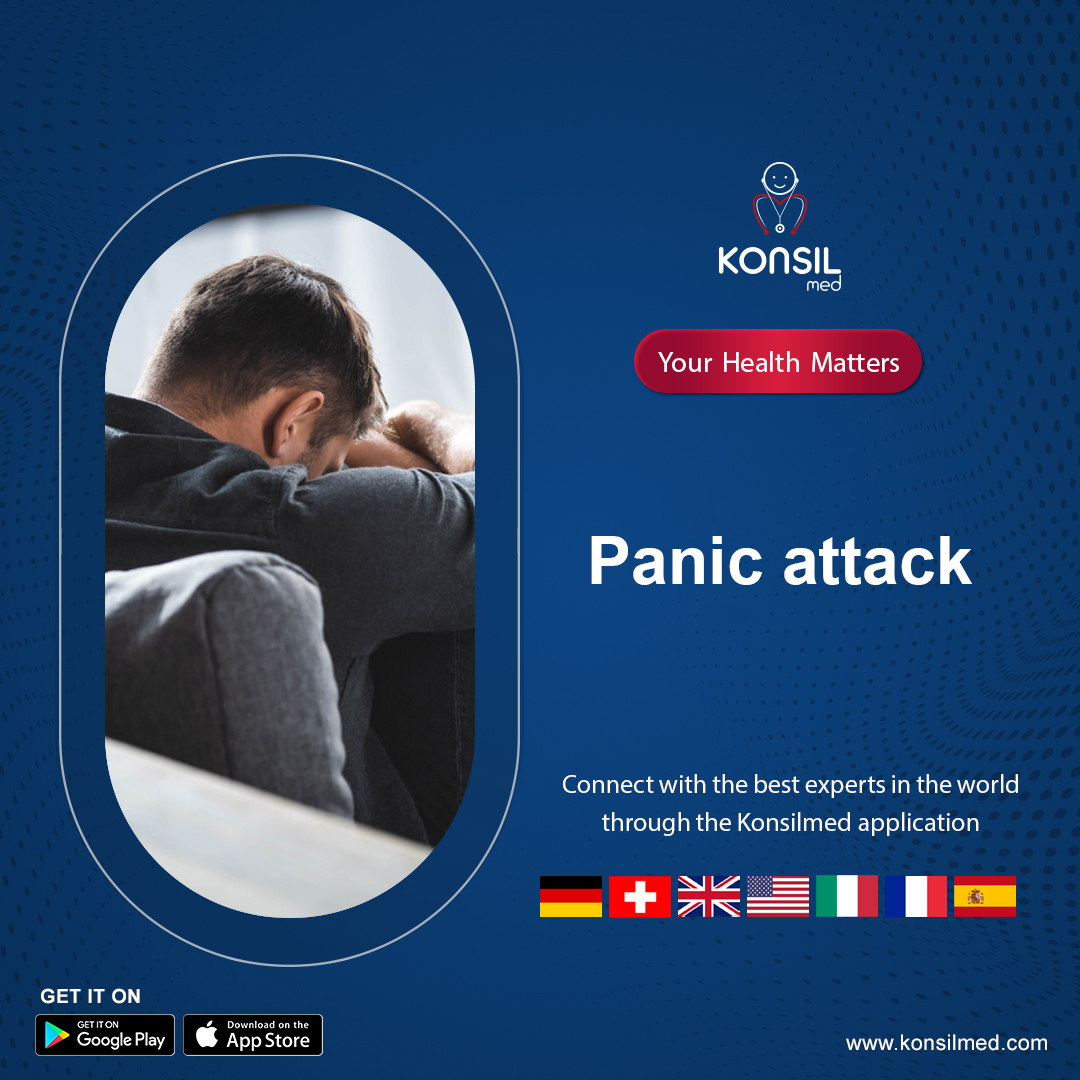




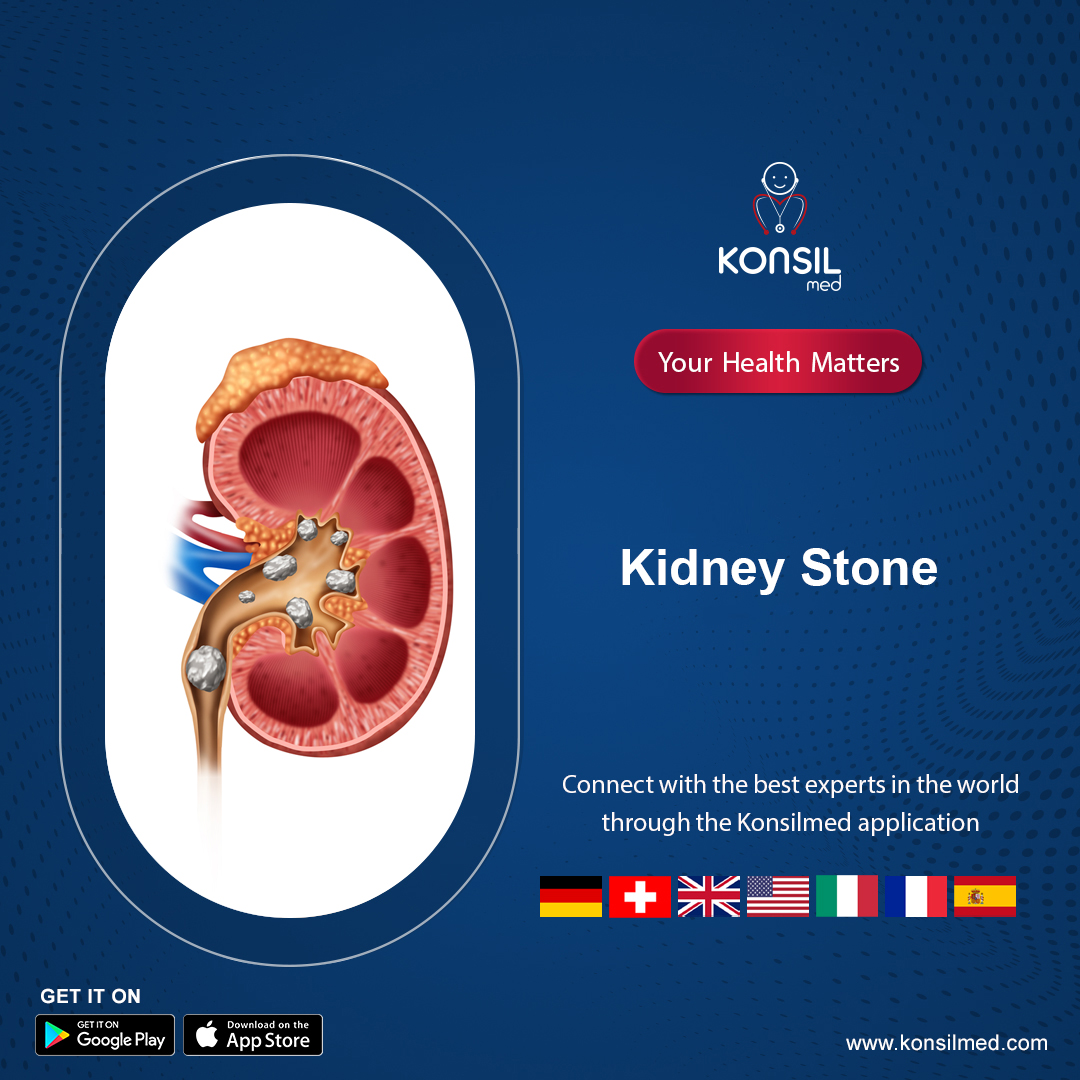
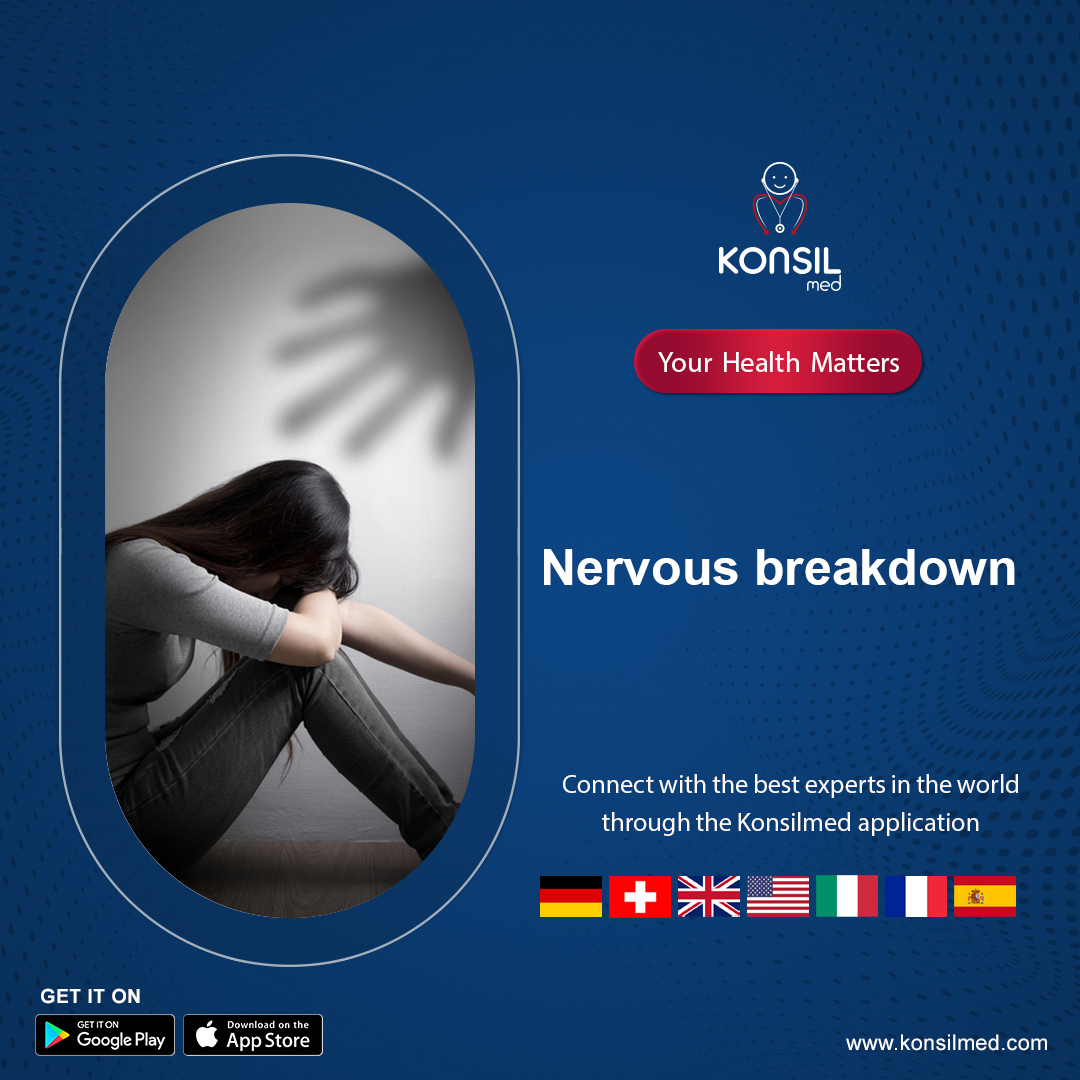



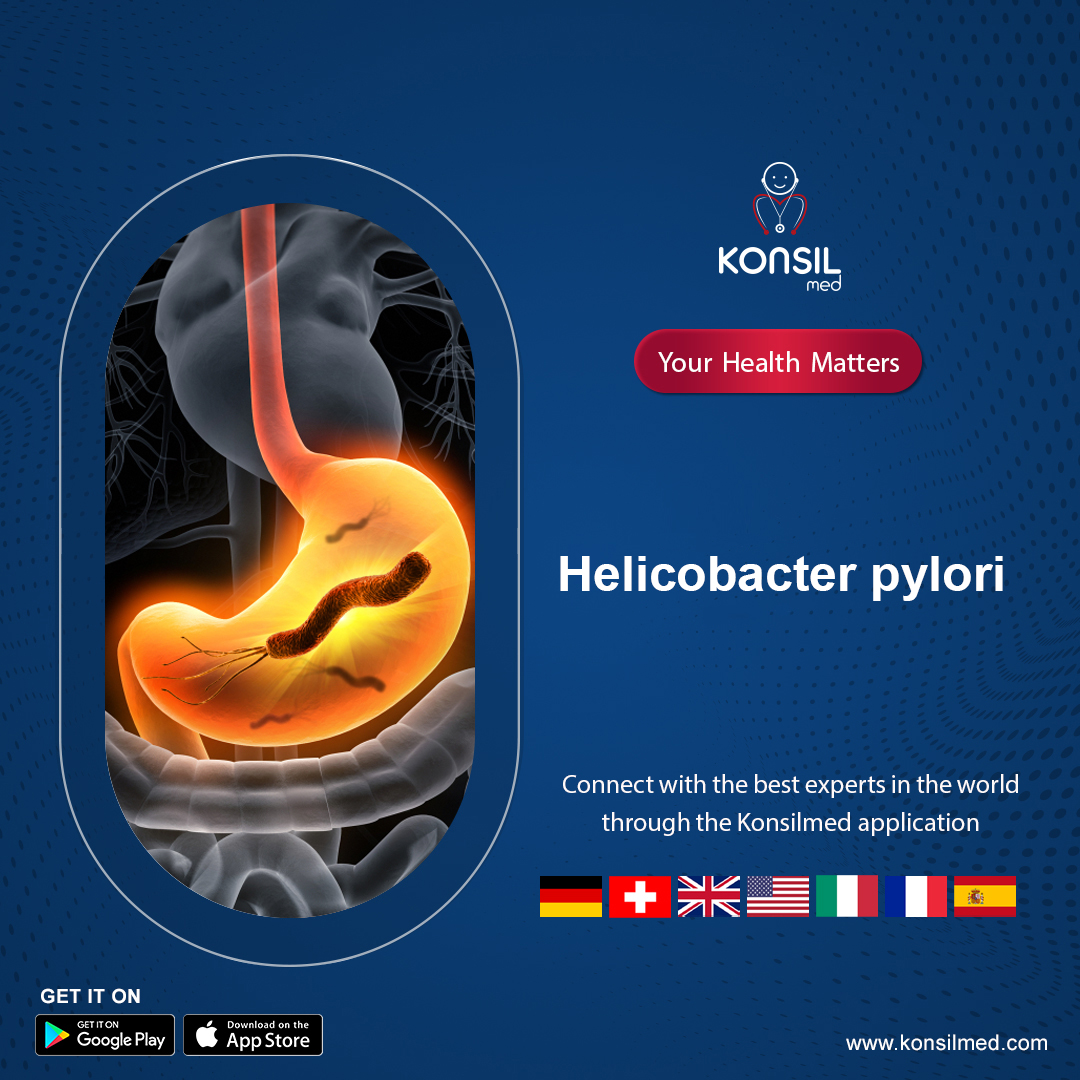





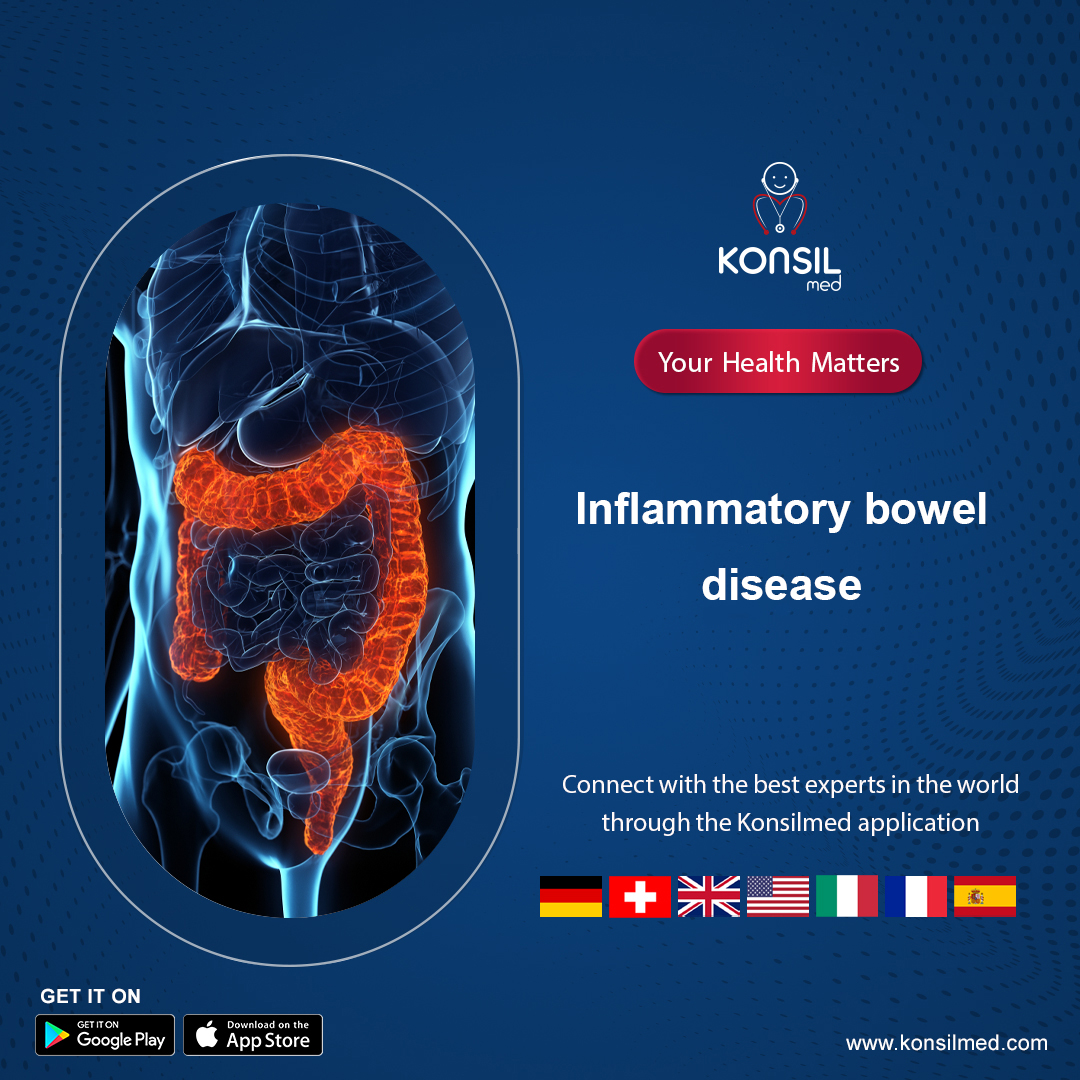


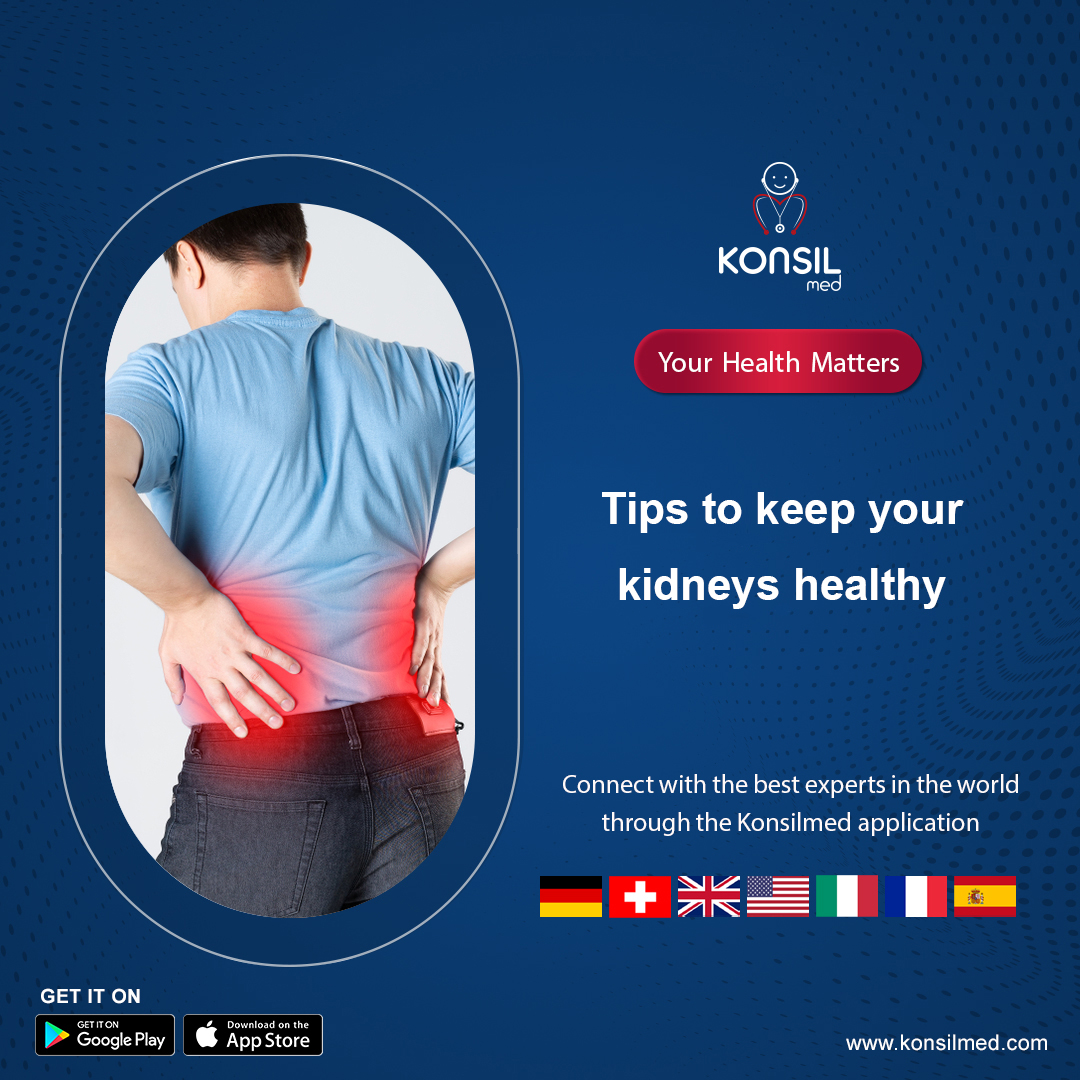



.jpg)
.jpg)